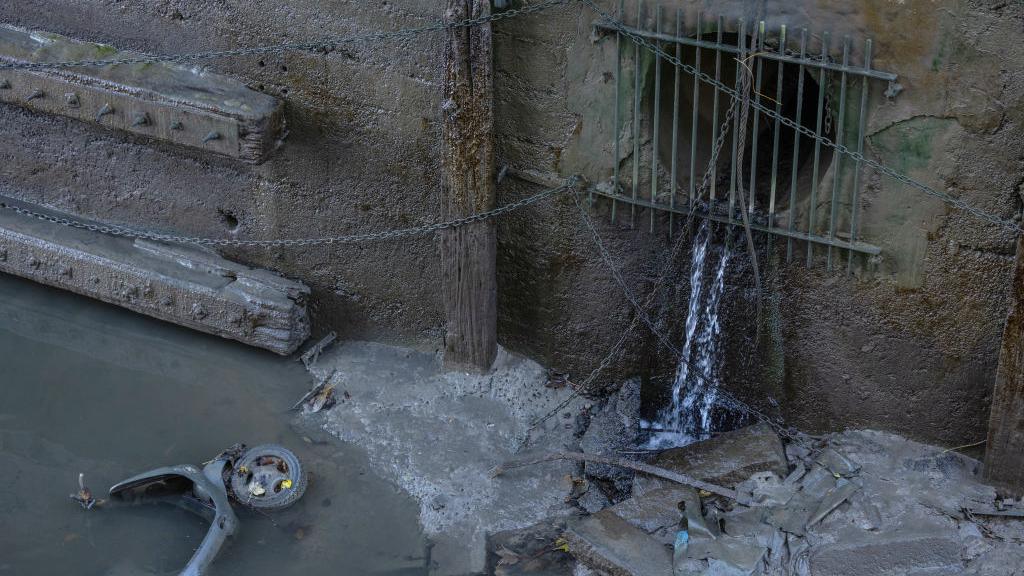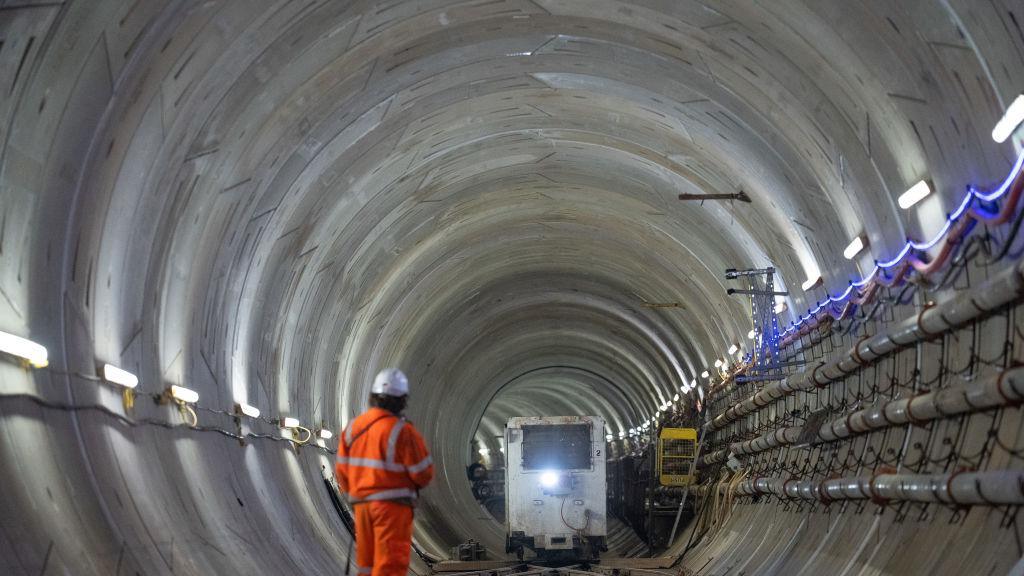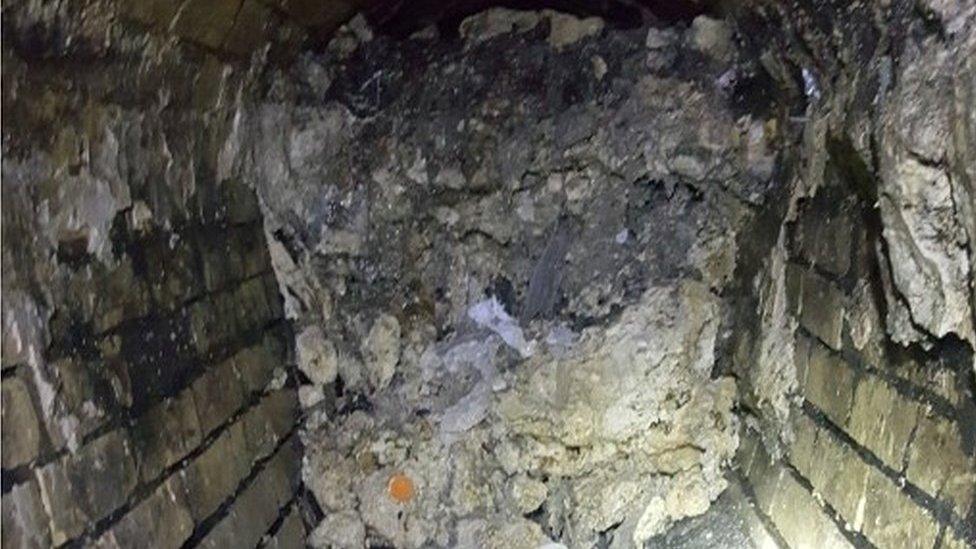River Thames clean-up project launched

Three water companies have committed to reducing the influx of sewage into the Thames
At a glance
The Port of London Authority (PLA) has launched the Clean Thames Manifesto
Three water companies have committed to reducing sewage discharges into the river
Part of the plan is also to remove an "island" of wet-wipes near Hammersmith Bridge
The PLA manages the Tideway section of the Thames
- Published
A large-scale project to clean up the River Thames in London has been launched by the Port of London Authority (PLA).
The "Clean Thames Manifesto" is a collaborative plan to reduce the amount of sewage and other pollutants like chemicals and plastic rubbish in the river.
Three water companies operating in the area have agreed to end sewage spills into the Thames by 2040, bringing the national target forward by 10 years.
The PLA says pollution is "a complex problem" that requires "more than one solution".
'Much progress'
The PLA is responsible for the condition of roughly 95 miles (153km) of the Thames from Teddington Lock, west London, to the Thames Estuary.
It encompasses an area called the Tideway - where the river is subject to tides.
As part of the manifesto, three water companies, Anglian Water, Southern Water and Thames Water, have agreed to accelerate work to speed up pollution targets.
Thames Water has agreed to tackle sewage spills from 61 of its 118 outputs along the Tideway, while Anglian Water and Southern Water have agreed to look at their 34 and 23 outlets respectively.

Thames Water’s £4bn Tideway Tunnel sewer is set to be in operation in 2025
National plans for water companies to improve all storm overflows by 2050 have also been brought forward 10 years for the tidal Thames.
Storm overflows are designed to release sewage when the system is at risk of being overwhelmed, such as during a torrential downpour.
PLA chief executive Robin Mortimer says storm overflow targets have seen "much progress" in recent years, but "much more still needs to be done".
Another major part of the manifesto is to combat wet-wipe build-ups.
Mr Mortimer says tackling this "is a key priority"and that the PLA supports a ban on the sale of plastic wipes.
The PLA is particularly concerned with a build-up of wet-wipes near Hammersmith Bridge.
Boats will be also be banned from emptying waste from their vessels into the Thames by 2024, as part of a review of river regulations.
Other key aspects of the plan involve the fitting of event duration monitors (EDMs) to sewer flows by the end of the year, campaigning for publicly available water-quality data, and updating the Thames Litter Strategy.
Follow BBC London on Facebook, external, Twitter, external and Instagram, external. Send your story ideas to hellobbclondon@bbc.co.uk, external
- Published28 March 2023

- Published18 January 2022

- Published29 October 2020
